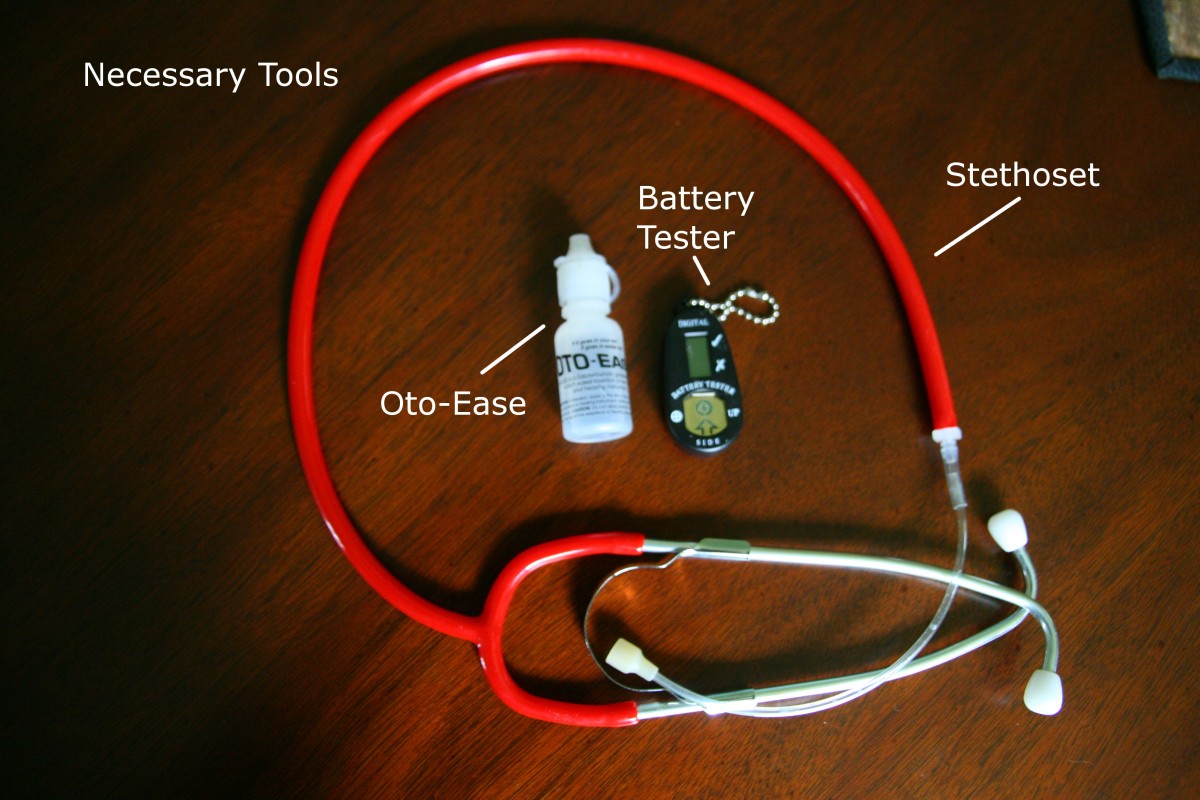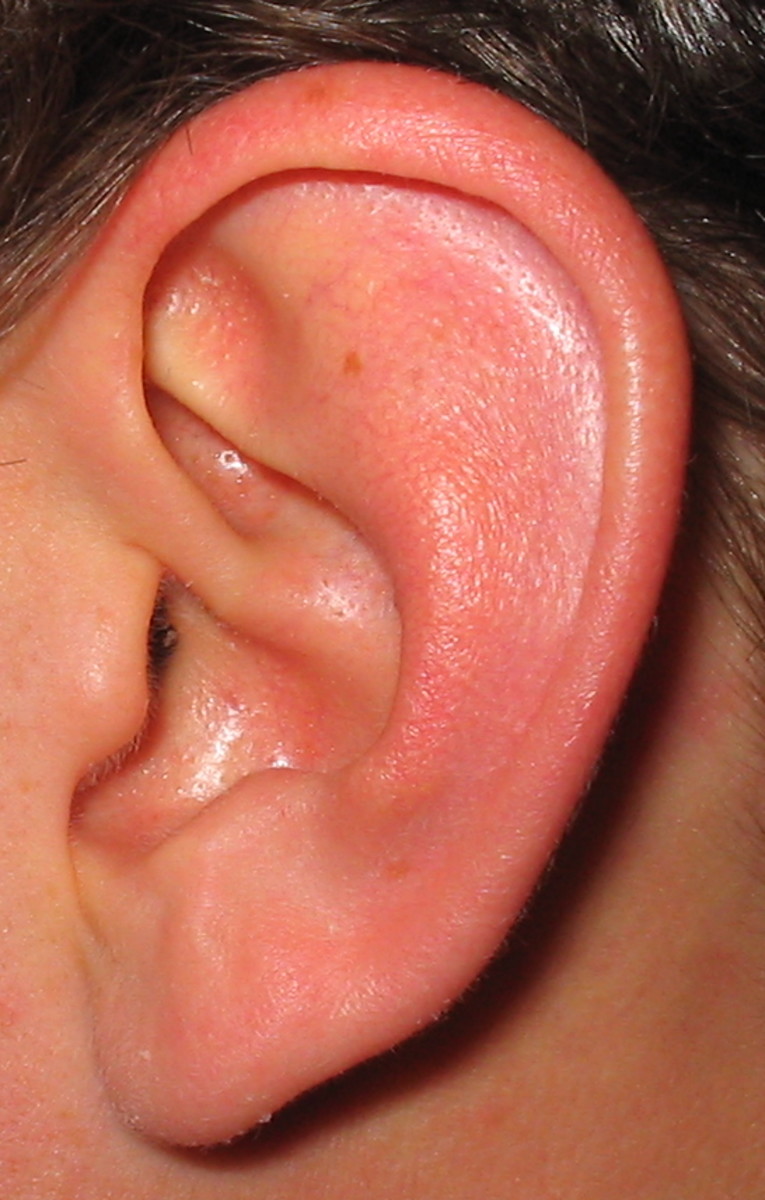Malnutrition
Malnutrition on Children
Causes, Signs, Symptoms
It is an impairment brought about by inadequate or excess intake of food. Protein-energy malnutrition is the most common type in the Philippines due to inadequate intake of body-building and energygiving foods like milk, fish, meat, oil, rice, root crops and the like. Infections like measles, whooping cough, infectious diarrhea, and tuberculosis are common illnesses that lead to malnutrition. Children in poor living conditions and not breast-fed have greater tendency to become malnourished since they become sick more frequently. Poverty, unavailability of food, ignorance, and rapid population growth are among the social causes of malnutrition.
First degree (mild) and second degree (moderate) are more common than the third degree malnutrition.
Severe malnutrition occurring early below 12 to 18 months usually leads to marasmus form (skin and bones). Kwashiorkor is another severe form of malnutrition.
Signs of Severe Forms of Malnutrition
A. Marasmus
1. very thin body, bones prominent
2. wrinkled and dry skin, especially in the buttocks and arms
3. hair is thin and soft
4. face like an old man's
5. cries often
B. Kwashiorkor
1. legs and hands are swollen with water (edema)
2. skin has dark brown to black patches which can be peeled off
3. hair is thin and can easily be pulled out
4. face is flabby or moon-faced
5. sad; does not smile
6. belly is enlarged
7. very slow learner
Treatment
1. Breast-feed the baby 1 to 2 hours after delivery. Continue breastfeeding as long as the mother has milk. Start supplementary feeding when the baby is 4 months.
2. Do not use condensed milk as breast milk substitute.
3. For severe cases, bring the child to the nearest health center, hospital, or clinic. Consider this as an emergency. The child usually has diarrhea or lung infection. Avoid delay of treatment. After emergency condition is controlled, treatment and nutrition rehabilitation must be continued at home.
4. Treat the existing infection or illness and prevent its recurrence.
5. Prepare nutritious and appetizing food.
6. If a child has no appetite, encourage small but frequent feedings. Do not force him or her to eat.
7. Minimize giving junk foods, soft drinks, and artificially colored or flavored snack food with "empty calories."
8. Encourage the child to have regular meals. Snacks should be given 2 hours before meals.
9. Provide stimulating materials to hear, see, touch, taste, and smell.
10. Provide a warm, loving environment.
11. Seek help and support of community leaders.




